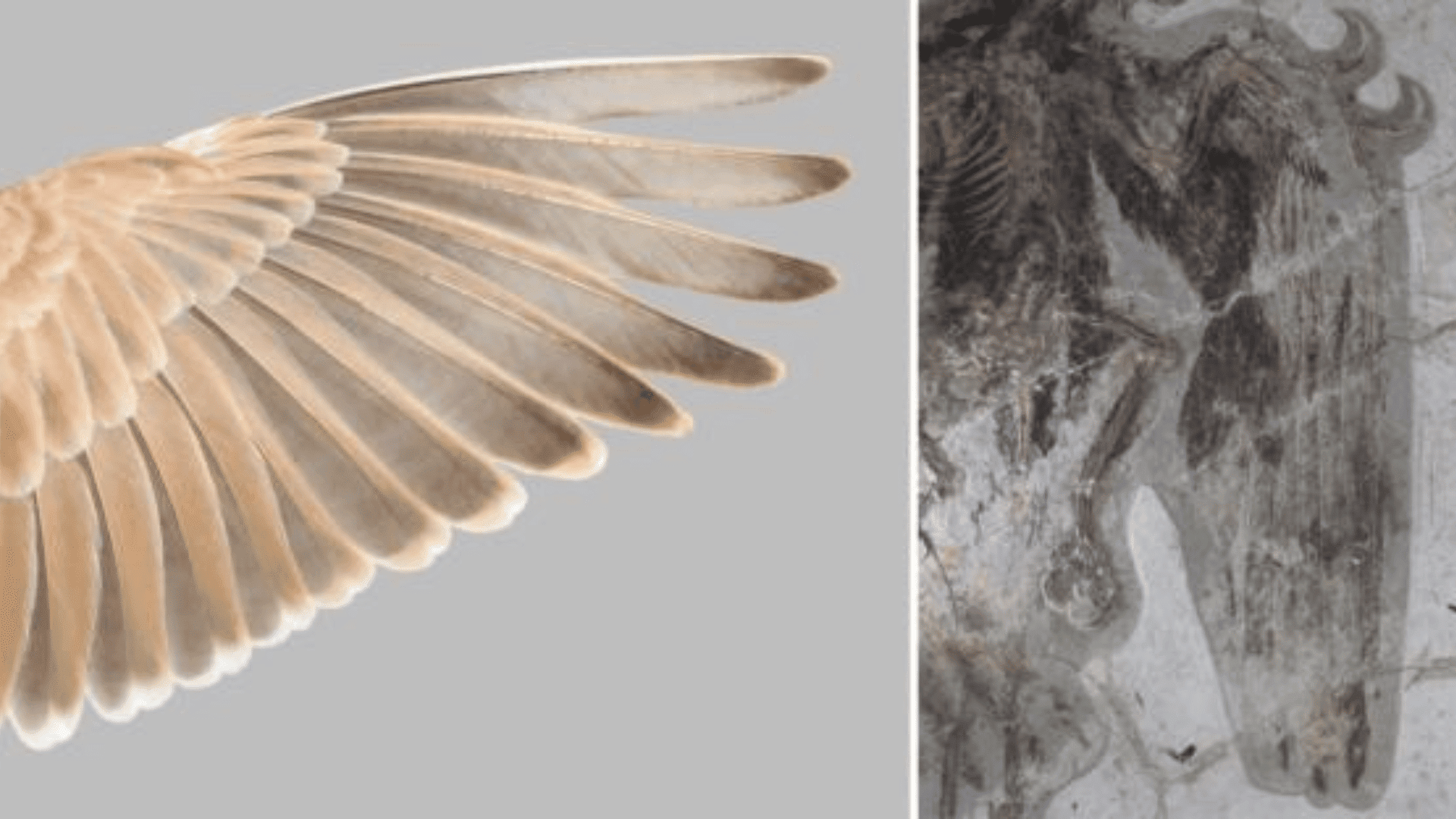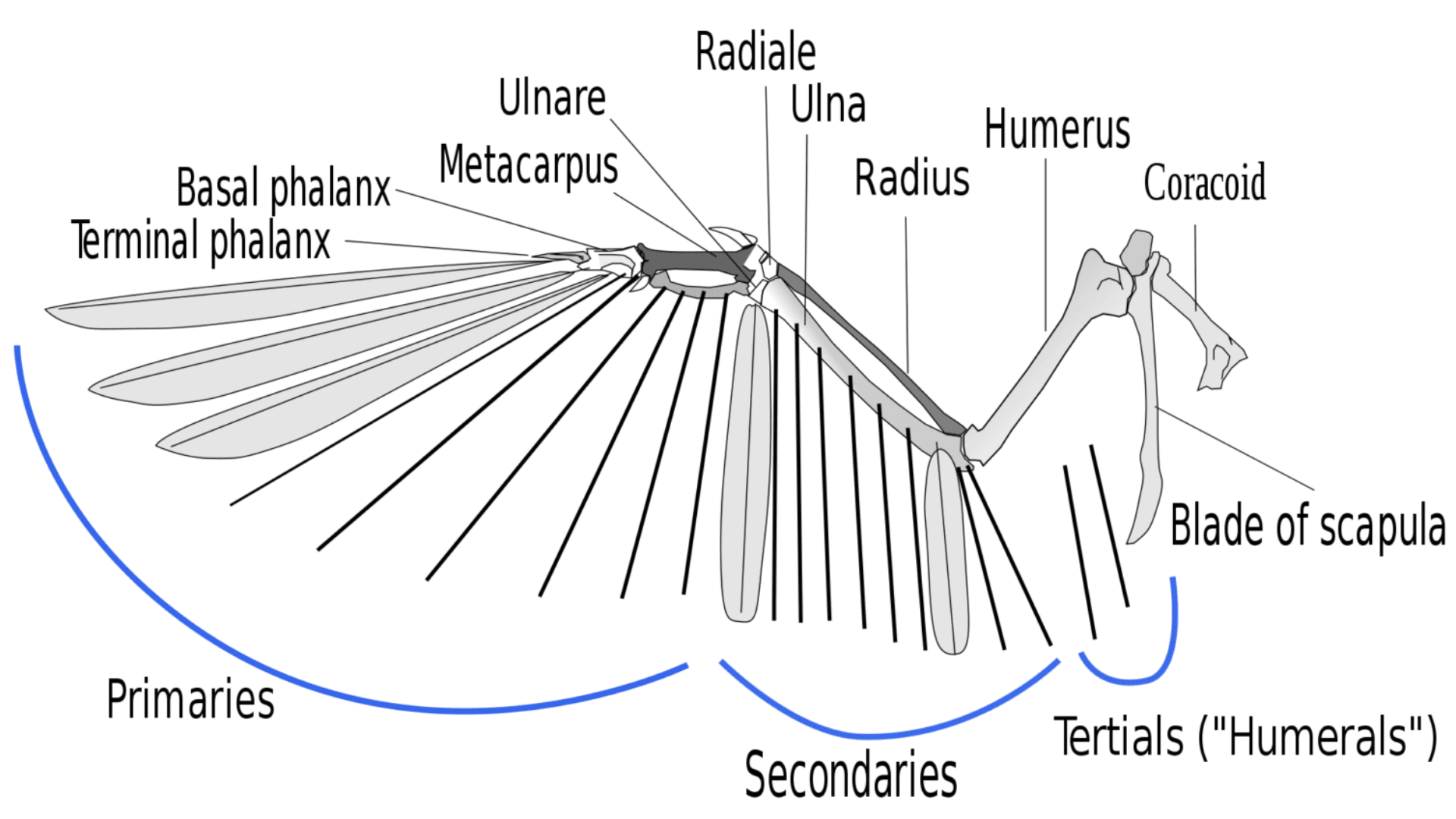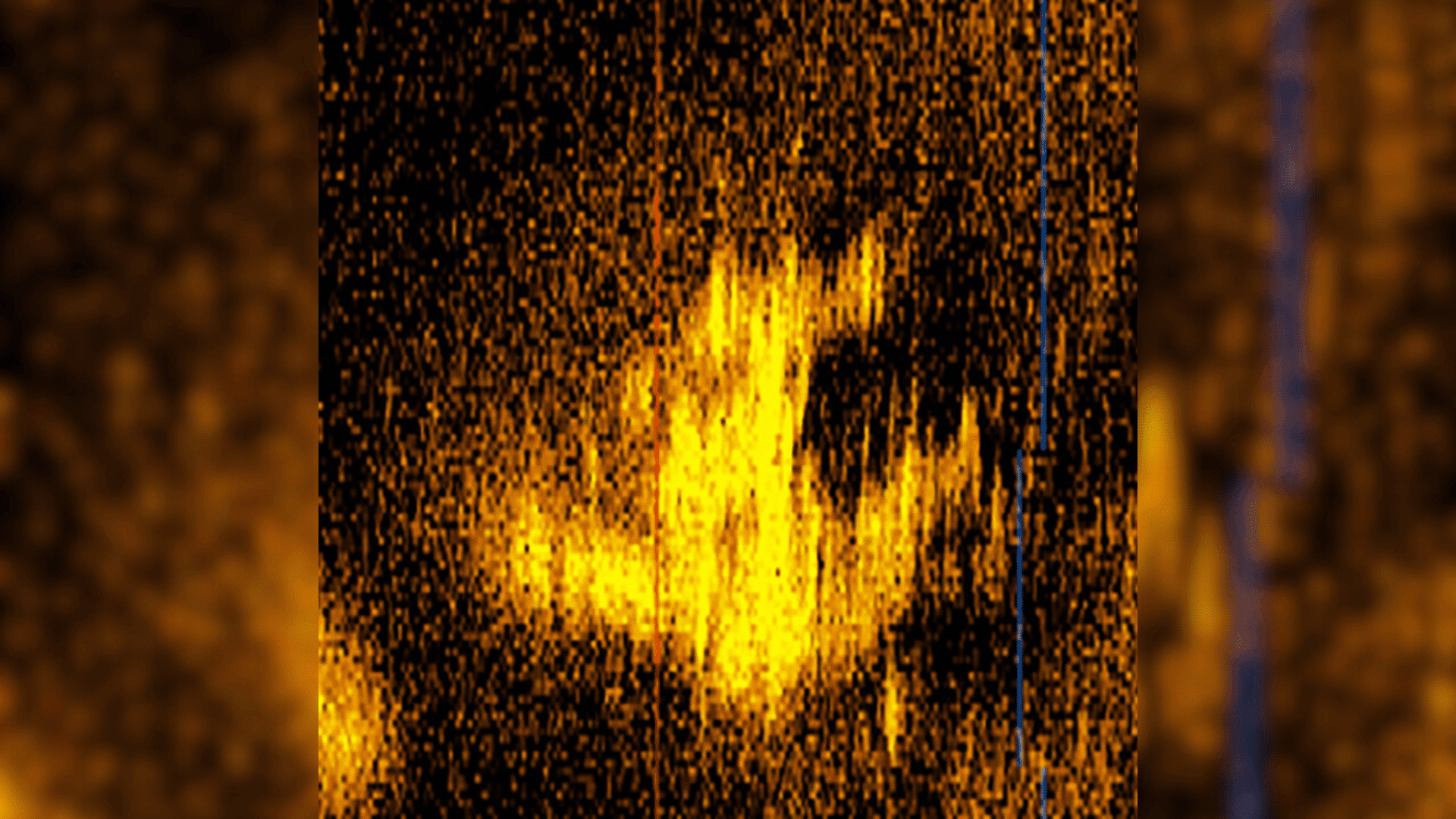After analyzing hundreds of preserved bird specimens in museum collections around the world, researchers have determined that there is a distinct set of feather rules behind flight power. The newly discovered rules may help scientists predict which dinosaurs could fly.

The new data has the potential to settle some common paleontological debates over whether flight evolved in dinosaurs in more than one instance.
“Theropod dinosaurs, including birds, are one of the most successful vertebrate lineages on our planet,” says Field Museum of Natural History paleontologist Jingmai O’Connor. “One of the reasons that they’re so successful is their flight. One of the other reasons is probably their feathers, because there’s such versatile structures.”
After examining the wing feathers of 346 different species of birds, Field Museum of Natural History ornithologist Yosef Kiat discovered that all flying birds had 9 to 11 asymmetrical flight feathers called primaries.
The number of primary feathers in flightless birds varied, however, varied immensely. Emus, for example, lack them completely while penguins have up to 40. The number of primaries, along with wing proportions and feather symmetry, reflect the flight capacities of all known modern birds.
“It’s really surprising, that with so many styles of flight we can find in modern birds, they all share this trait of having between nine and eleven primary feathers,” says Kiat. “And I was surprised that no one seems to have found this before.”
After reviewing fossils that were up to 160 million years old, researchers identified which bird ancestors shared these traits and, therefore, were likely to have been able to fly. Out of the 35 different species of extinct birds that were examined, Kiat and O’Conner identified some that had the right feathers for flight and others that did not.
Among the likely flyers were Archeopteryx, which is considered to be one of the earliest bird-like animals. Though there is a debate between Archeopteryx and birds, tiny four-winged dinosaurs called Microraptors also had these features despite not being directly related to birds at all.
Explore Tomorrow's World from your inbox
Get the latest innovations shaping tomorrow’s world delivered to your inbox!
I understand that by providing my email address, I agree to receive emails from Tomorrow's World Today. I understand that I may opt out of receiving such communications at any time.
“It was only recently that scientists realized that birds are not the only flying dinosaurs,” explains O’Connor.

Though Caudipteryx possessed the correct number of primary feathers, they were almost completely symmetrical which “almost certainly” rules out their ability to fly. The researchers theorize that Caudipteryx’s ancestor may have been able to fly but the genus has since lost this ability.
“Our results here seem to suggest that flight only evolved once in dinosaurs,” states O’Connor.
The analysis seems to suggest that the anatomy required for flight evolved in a species ancestral to all pennaraptoran groups before they diversified. While some species became flightless early on or evolved to lose this ability, others went on to become modern birds.
Though this research gives many new insights, the scientists behind the study still believe that we are missing the earliest stages of wing evolution from our fossil records.
“We argue it is impossible to assess flight potential in non-avian pennaraptorans without examining the structure of the feathers forming the wing itself,” they write in their paper.






